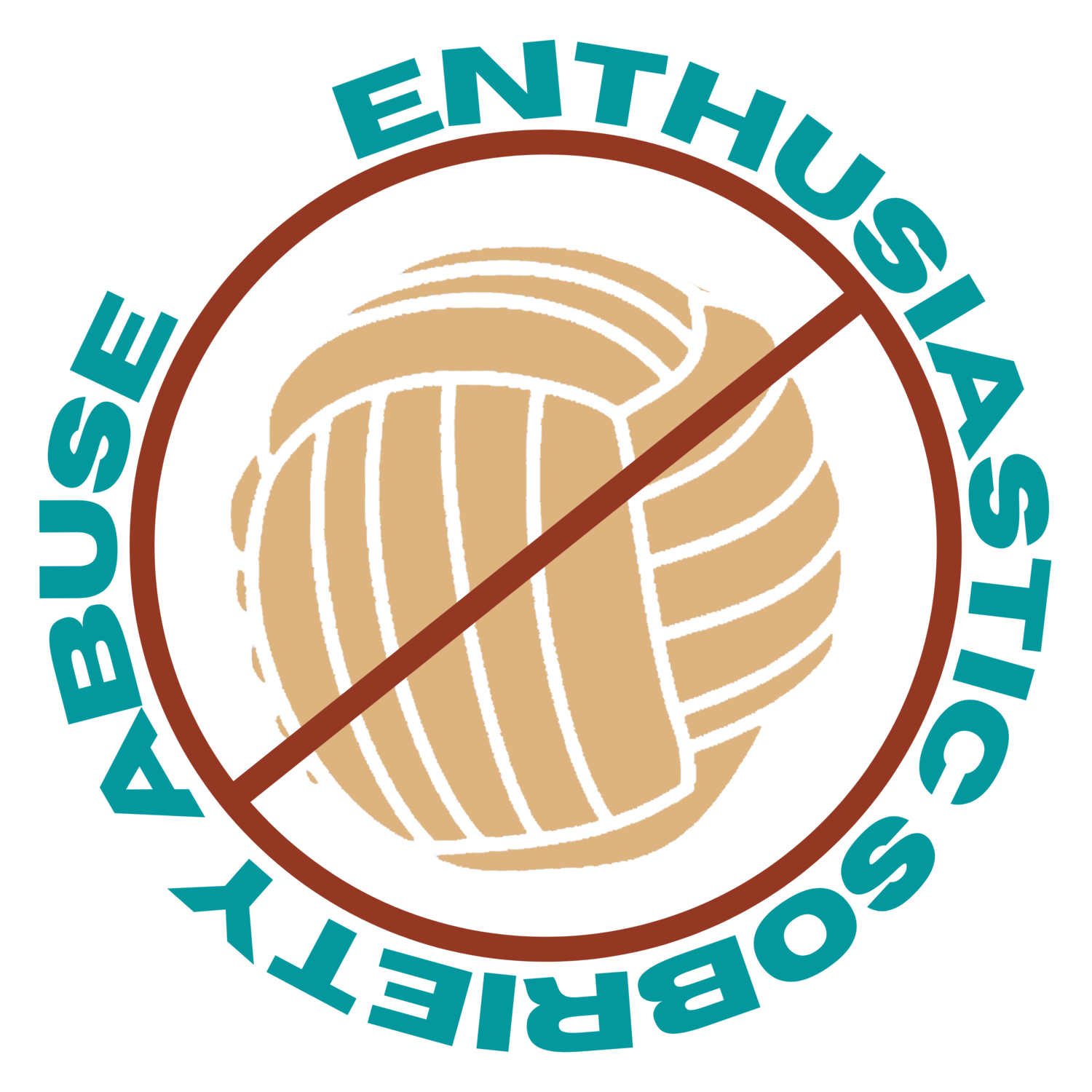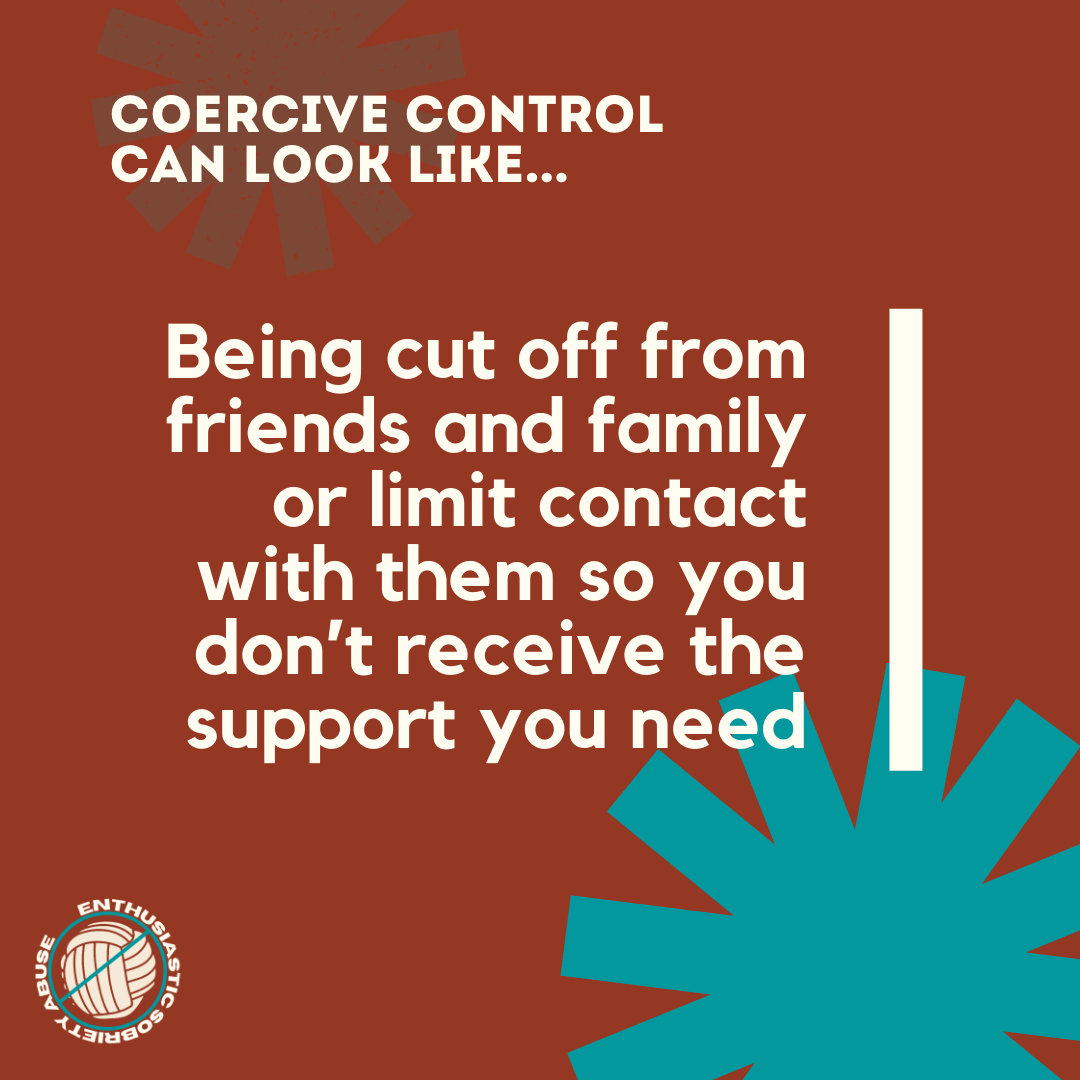What is Coercive Control?
Coercive control refers to a pattern of behavior used by an individual, often within an intimate or close relationship, to gain power and control over another person. It involves a range of tactics that manipulate, intimidate, isolate, and dominate the victim, often leaving them feeling trapped and helpless. This concept goes beyond physical abuse and includes various forms of psychological, emotional, and financial manipulation. Coercive control aims to undermine the victim's autonomy, self-esteem, and ability to make independent decisions.
Coercive control within cults can have severe psychological, emotional, and even physical consequences for individuals involved. Recognizing the warning signs and knowing how to seek help are essential steps towards protecting oneself and loved ones from the clutches of such manipulative groups.
Understanding Coercive Control in Cults
Coercive control involves the manipulation of an individual's thoughts, emotions, and behaviors through a combination of psychological, emotional, and physical tactics. Cults that employ coercive control often lure individuals in by offering a sense of belonging, purpose, or spiritual fulfillment. However, these seemingly benevolent intentions can quickly transform into a web of manipulation, isolation, and psychological abuse.
Warning Signs of Coercive Control in Cults
1. Isolation: Cults often isolate members from their family, friends, and external support networks. This creates a dependency on the cult for emotional fulfillment and belonging.
2. Manipulation and Gaslighting: The victim's perception of reality is distorted through lies, manipulation, and gaslighting (making the victim doubt their own memory or sanity).
3. Monitoring and Surveillance: The perpetrator may excessively monitor the victim's activities, including online communication, location, and interactions.
4. Threats and Intimidation: The victim is subjected to threats, intimidation, and fear tactics to keep them compliant and submissive. Cults may use threats of physical harm, public humiliation, or eternal damnation to maintain control over their members.
5. Manipulation of Emotions: Cults exploit members' emotions, often using love-bombing (excessive affection and attention) initially to create a sense of indebtedness. Emotional manipulation, humiliation, and degradation are used to break down the victim's self-esteem and confidence.
6. Financial Exploitation: Members might be pressured into donating large sums of money or surrendering their assets to the cult. Financial dependence on the group can make it harder to leave. The perpetrator might control the victim's finances, limiting their access to money and resources.
7. Loss of Autonomy: Individuals gradually surrender their decision-making power to the cult and its leader, undermining their ability to think critically.
8. Us-versus-Them Mentality: Cults foster an "us-versus-them" mentality, portraying the outside world as dangerous, evil, or inferior, which discourages members from leaving.
9. Degradation and Insults: Verbal abuse, name-calling, and insults are used to demean and belittle the victim.
10. Limiting Autonomy: The victim's freedom to make choices and decisions is gradually eroded, leaving them feeling powerless.
Seeking Help
If you suspect that you or someone you know is trapped in a coercive cult, taking these steps can make a significant difference:
1. Educate Yourself: Learn about coercive control and the tactics used by cults. Understanding the dynamics is the first step toward recognizing the problem.
2. Maintain Communication: Stay in touch with the person involved. Express your concern for their well-being without judgment.
3. Seek Professional Help: Consult a mental health professional or counselor experienced in cult-related issues, relational trauma or domestic violence. They can offer insights, guidance, and support during this challenging time.
4. Build a Support Network: Encourage the person to reconnect with friends and family members who were estranged due to cult involvement.
5. Contact Support Organizations: Reach out to organizations that specialize in helping cult survivors. These organizations can provide resources, counseling, and legal assistance if necessary.
6. Provide Emotional Support: Leaving a cult can be emotionally devastating. Offer a safe space for the person to express their feelings without judgment.
Conclusion
Coercive control in cults is a dangerous form of psychological manipulation that can have lasting effects on individuals and their families. Recognizing the warning signs and knowing how to seek help are crucial steps in breaking free from the grip of such groups. By fostering awareness and providing support, we can empower individuals to regain their autonomy and embark on a journey towards healing and recovery.
Resources
Freedom of Mind Resource Center to help cult victims and survivors leave cults and heal.
International Cultic Studies Association (ICSA) provides information on cults, cultic groups, psychological manipulation, psychological abuse, spiritual abuse, brainwashing, mind control, thought reform, abusive churches, high-demand groups, new religious movements, exit counseling, and practical suggestions for those needing assistance.









